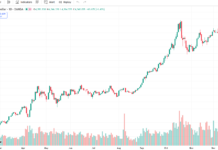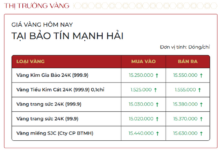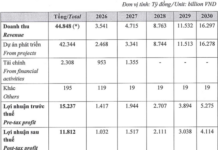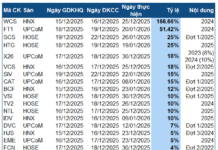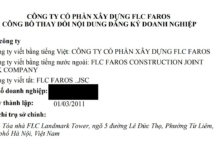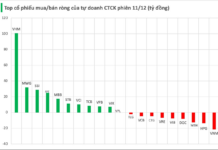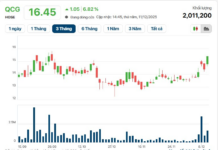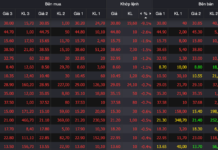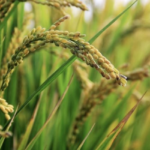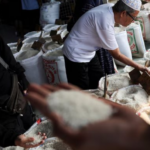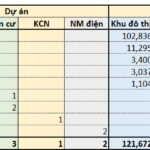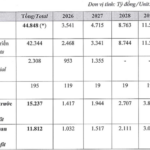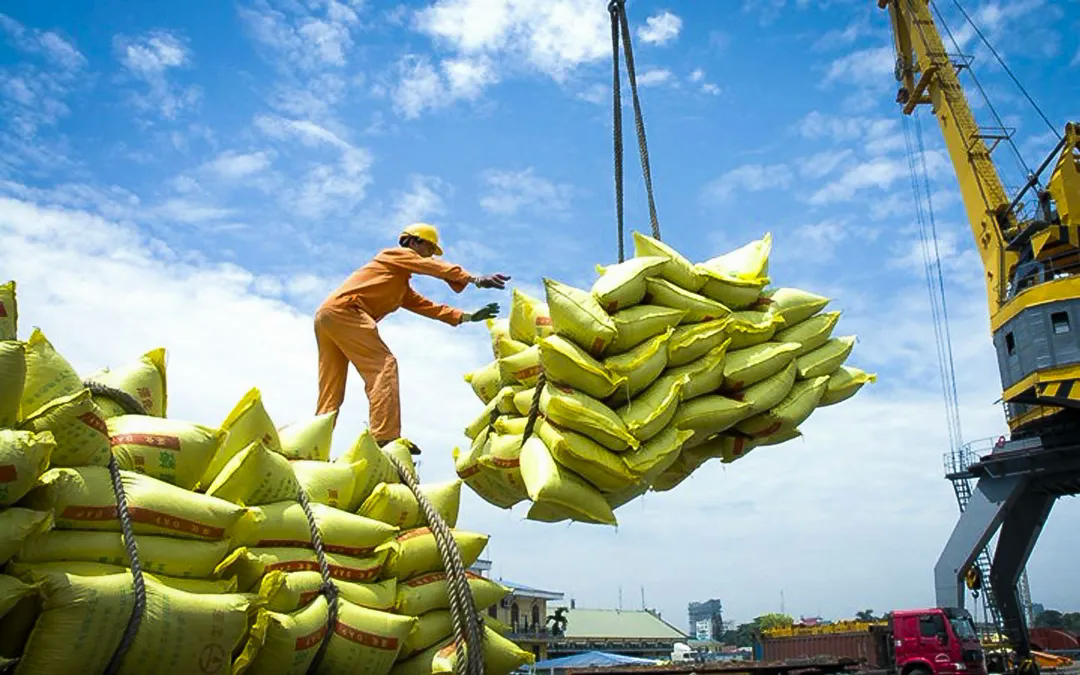
Illustrative image
However, the domestic rice market has witnessed a decline in prices due to slower procurement activities by export companies. The Asian region also shows a similar trend with sluggish export demand.
Specifically, as of October 15, rice exports reached 7.022 million tons, valued at 3.588 billion USD, marking a 4.4% decrease in volume and a 21.94% drop in value compared to the same period in 2024.
Last week, the price of 5% broken fragrant rice remained stable at 420–435 USD/ton, nearing its two-month low. A trader in Ho Chi Minh City noted that domestic trading has been slow, with many exporters reducing rice purchases from farmers due to weak international demand.
In the Asian rice market, India’s rice exports have slightly recovered from a nine-year low, supported by a stronger rupee despite weak demand. Meanwhile, Thai rice prices continued their six-week decline, hitting an 18-year low due to subdued buying interest.
A trader in Kolkata, India, mentioned that few export contracts were signed last week, as buyers are holding off in anticipation of further price drops.
Indian 5% broken parboiled rice was offered at 344–350 USD/ton, up from 340–345 USD/ton the previous week. Indian 5% broken white rice was quoted at 360–370 USD/ton, slightly higher than the near eight-year low recorded last week.
In Thailand, 5% broken rice prices held steady at 337 USD/ton, compared to 335–340 USD/ton the previous week—the lowest since October 2007. A Bangkok-based trader noted that demand remains weak, with no significant transactions this week, while ample supply keeps prices low.
Meanwhile, Bangladesh is increasing rice imports to cool domestic prices. The country has signed a government-to-government deal to buy 50,000 tons of white rice from Myanmar at 376.5 USD/ton and purchased 50,000 tons of parboiled rice through an international tender at 355.99 USD/ton.
The Paradox of the World’s Third-Largest Rice Producer: Soaring Prices Despite Record Output and Imports, with Vietnam Purchases Surging by Nearly 26,000%
The Asian government has significantly reduced rice import tariffs to nearly 0% for the current fiscal year.
The Rice Exporters’ Capital Conundrum
In the first eight months of the year, Vietnam exported nearly 5.9 million tons of rice, valued at $3 billion. Despite this impressive performance, the Vietnam Food Association highlights the challenges faced by rice exporters, particularly in accessing credit and collateral-free loans, as well as low credit limits.






